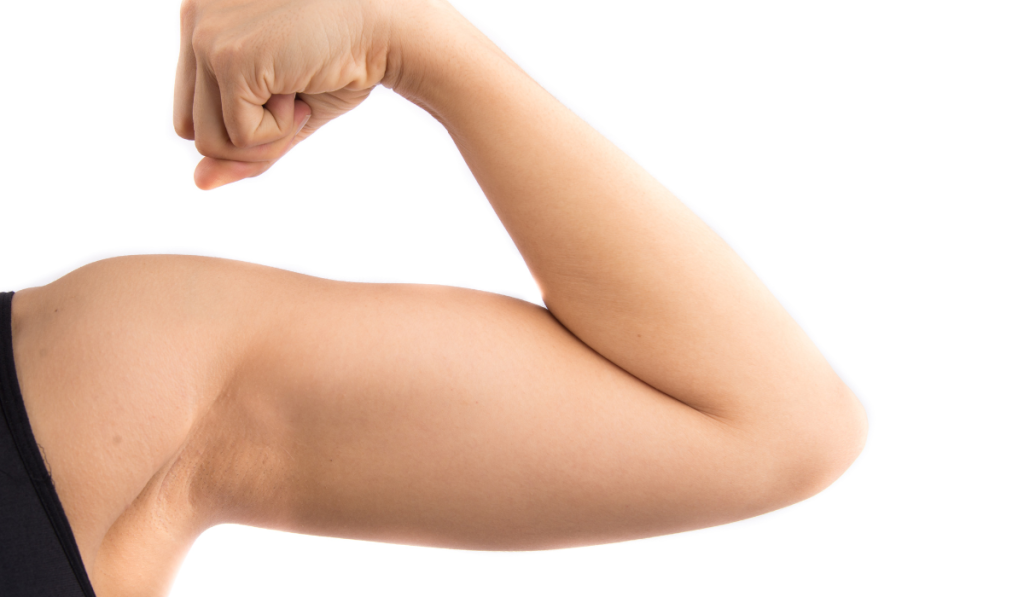Winter is coming to an end, and Spring Break followed by Summer are almost among us!
This means it’s time to store away your sweaters, jackets, and long sleeves and break out your tank tops, short-sleeved shirts, and strapless dresses! For some, the idea of doing this may sound daunting. Do these items of clothing normally hide in the back of your closet due to fear of putting your arms on display?
Whether you have recently lost a significant amount of weight and now struggle with excess skin, or your arms have always been a problem area for you for as long as you can remember, rest assured that there is a solution for you! Arm Lift Surgery, otherwise known as Brachioplasty, may be the perfect solution to achieve slimmer, more toned-looking arms – and most importantly, restore your confidence during any season of the year!
Brachioplasty surgery has increased significantly over the years, having increased over 41,000% since the year 2000!
Being one of the most common cosmetic surgery procedures performed after patients undergo major weight loss, an arm lift is sometimes referred to as an arm reduction or arm reshaping. The procedure entails the removal and/or tightening of loose or excess skin on the underside of the upper arms. This is achieved by surgically and permanently trimming loose skin, consequently tightening the underlying tissues, and removing excess fat.
Once completing their weight loss journey, patients often realize that neither diet nor exercise can remedy the excess skin or fat that is left after weight is shed. Thankfully, body contouring procedures, such as brachioplasty, allow patients to permanently correct their arms and complete their weight loss transformation.
What Causes Sagging Arms?
While fluctuations in weight can contribute to the diminishing elasticity of the skin on your upper arms, aging and genetics also play a role in causing a drooping or sagging appearance on your arms.
While cardio can help aid in fat loss, and weight training can help tone and improve the strength of the underlying muscle in your upper arms – these actions will not address the excess skin, weakened tissues, and stubborn localized fat deposits. In these cases, arm lift surgery may be the best fit for patients who are experiencing sagging or looseness on the underside of the upper arms.
How is Brachioplasty Surgery Performed?
How this procedure is performed depends on a range of factors, including your personal anatomy. Our board certified plastic surgeons strive to achieve the best result, as well as a toned upper arm appearance. The length of the incision required during surgery differs depending on how much skin and fat need to be removed. Patients whose arms are more toned may only require a minor incision. Meanwhile, patients who have excessively loose, sagging skin may require an incision that can run from the armpit to the elbow.
Rest assured that this incision is done on the underside of the arm and is hardly noticeable after healing. Our board-certified surgeons always make a heightened effort to ensure that the scar will be as minimal as possible. Furthermore, it is also recommended that patients avoid sun exposure during the first year to protect the incisions from any additional discoloration.
After the incision, the excess skin is trimmed, and the underlying muscles are tightened if necessary. Depending on the anatomy and case of the patient, the armpit may also need to be addressed and surgically tightened.
Patients undergoing arm lift surgery are put under general anesthesia, and the procedure alone can take up to two hours to complete. Prior to your surgery, our medical team will ensure that you know everything you need to know before and after surgery. Furthermore, after surgery, our post operative staff ensures the arm is protected with a compression garment. Drain tubes may be utilized to avoid the risk of infection.
Swelling and bruising after your procedure are normal. The area will always be monitored by your surgeon at your follow up appointments, which take place the next day and the following weeks after. Patients are advised to keep the arm elevated to promote blood circulation and help with swelling. With proper care, the arm will return to normal function in less than a couple of months!

Arm Lift VS Liposuction
While these procedures may sound similar, they each serve a different purpose.
An arm lift entails the permanent surgical removal of excess skin and fat deposits that will no longer respond to exercise. Liposuction is purely the surgical removal of fat, without correcting the skin around it. Deciding which procedure to opt for normally depends on the amount of loose skin that is present on the arm.
Patients who lose a significant amount of weight are generally advised to have skin permanently removed, to attain a positive result. In truth, arm lift patients often find that they do not in fact need liposuction due to there being no excess fat that needs to be removed. When opting for liposuction, patients should have relatively good skin elasticity to only require liposuction or minor skin tightening.

Can a Brachioplasty Help Me Achieve Toned Arms?
The purpose of an arm lift is to remove excess skin and fat. While a brachioplasty can successfully help you achieve slender arms, they will only appear as toned as your muscle is. It is important to note that the only way to build muscle is through strength training. If a patient does not have much tone or muscle in their arms, their arms will appear mostly slender and thinner.
Once the arms are fully healed after surgery, our surgeons gauge when our patients can safely begin weight training, if they wish to do so. Weight training is a fantastic way to add shape to the arms, by toning and strengthening them! As previously advised, patients should maintain a healthy diet and continue exercise to maintain weight and avoid the need for additional surgery!


Leave a Reply